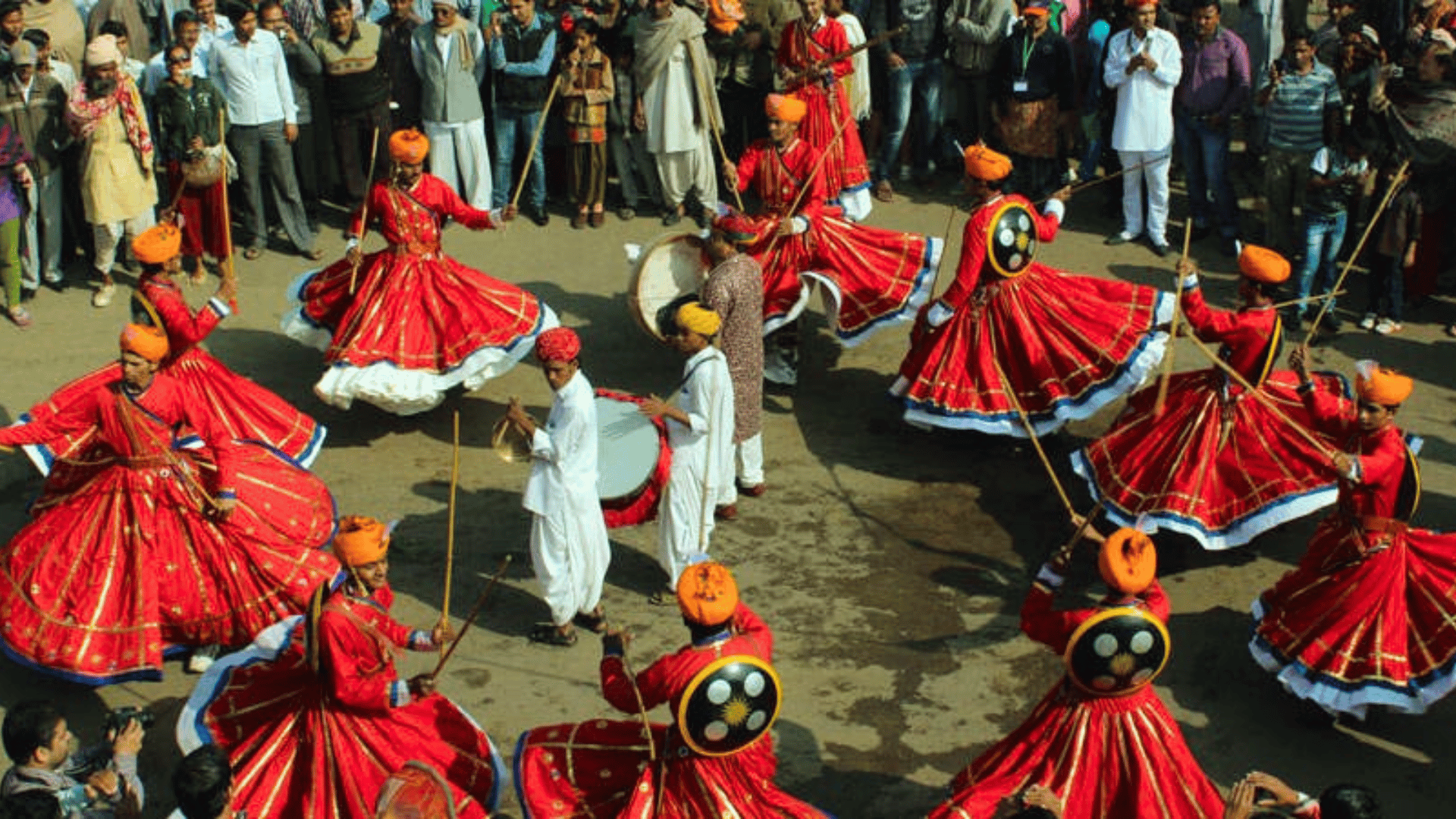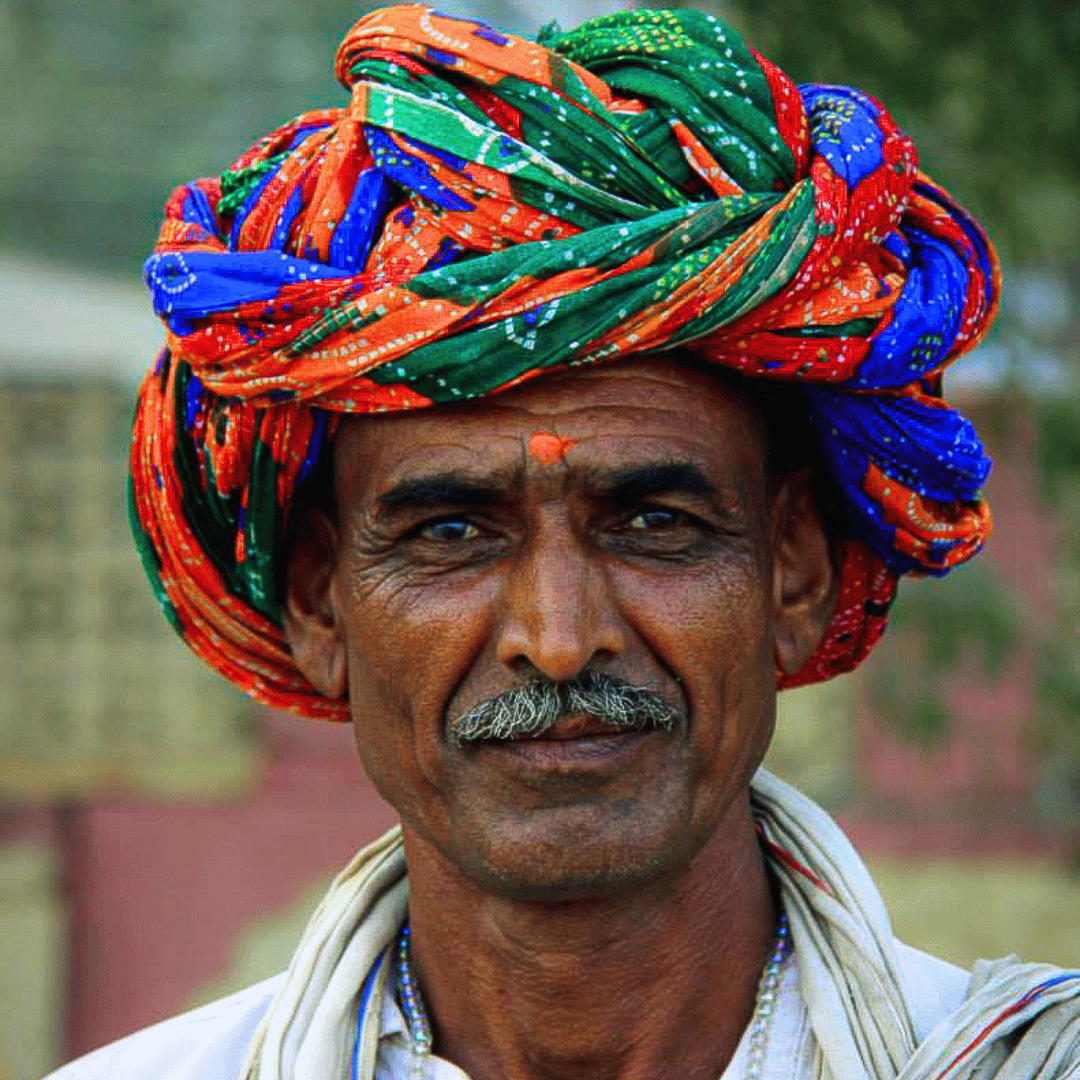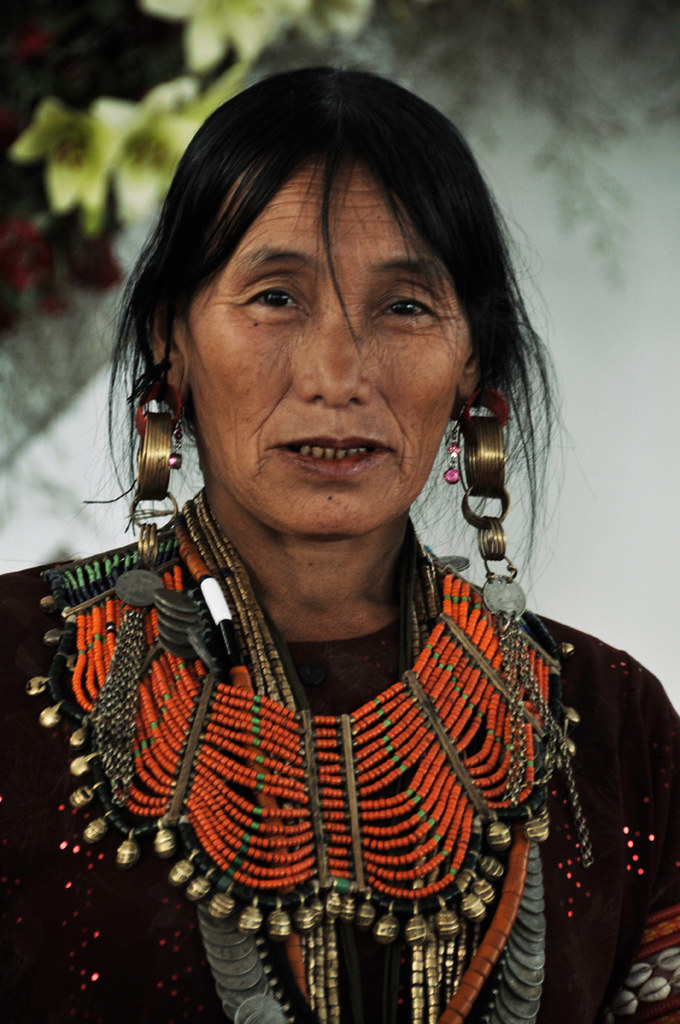According to the United Nations, it is estimated that there are more than 370 million indigenous people spread across 70 countries worldwide. Practising unique traditions, they retain social, cultural, economic and political characteristics that are distinct from those of the dominant societies in which they live. Spread across the world from the Arctic to the South Pacific, they are the descendants - according to a common definition - of those who inhabited a country or a geographical region at the time when people of different cultures or ethnic origins arrived.

The term indigenous or its equivalent has been used in anthropology to describe groups called tribes for quite some time. Its use now has however gone beyond the discipline of anthropology.In the deliberations of the international agencies, the term was used for the first time in 1957 (Roy-Burman undated). It gained wide currency after 1993 with the declaration of the year 1993 as the international year of the indigenous people.There has been more concern with the identification of indigenous people than with their definition. The conception ranged from such features as geographical isolation, simple technology, and condition of living, general backwardness to the practice of animism, tribal language, physical features, etc. the problem however lay in the fact that they were neither clearly formulated nor systematically applied. One set of criteria was used in one context and quite another in another context. The result is that the list includes groups and communities strikingly different from each other in respect of not only size of population but also the level of technology and other characteristics.
(World directory of minorities and indigenous peoples - India : Adivasis www.refworld.org)
In majority cases, the tribal groups are isolated and little is known about them. Additionally, these communities are highly marginalised and exploited by the subjects of mainstream society mainly because of their distinct and little known cultures.
It is in this background that the study focuses on understanding how the political participation trends and influence of various parties has changed in regions with a significant tribal population in India. The study also makes an attempt to examine how reservation for tribal communities in the political sphere and increase in literacy percentage has helped in increasing their political participation.

Second-largest tribal population globally after Africa
Representing indigenous communities

The following case study has compiled the detailed statistical reports of the election commission of the General Election to Lok Sabha from 1999-2024 with regards to the parliamentary constituencies with a significant amount of Bhil population. The report further analyses the trends visible from the data compiled and also mentions the contribution of the candidates elected in the concerned parliamentary constituencies in addressing the rights of indigenous communities and the issues faced by them, in the parliament.

Bhils are one of the largest indigenous communities in India, primarily residing in the states of Rajasthan, Gujarat, Madhya Pradesh and Maharashtra. Their habitat ranges from arid regions, hilly terrains, dense forests, and river valleys. They traditionally live in small settlements in these areas and have a rich cultural heritage, with unique customs, traditions and language - Bhili. They have preserved their stories and legends through rich oral traditions of songs, dance, and music. Their traditional dance forms involving intricate footwork, colourful costumes, and energetic music are performed by them during festivals and other cultural events.Being deeply religious, they worship a range of deities and spirits, including goddess Kali, who is considered the most important deity among the Bhil tribes.The Bhils, considered as one of India’s oldest tribes, have left an indelible mark in history being present Hindu epics like Ramayana and Mahabharata, to leading rebellions against British rule.
.png)
(Chaubey, Gyaneshwer & Govindaraj, Periyasamy & Rai, Niraj & van Driem, George & Thangaraj, Kumarasamy. (2017). The genome-wide analysis of the Bhils: The second largest tribal population of India. Man in India. 97. 279-290.)
For the analysis, areas with the Bhil population greater than 1,00,000 in the states of Rajasthan and Gujarat have been considered from the above map depicting the geographical distribution of Bhils. The parliamentary constituencies covering these areas are mentioned as follows :
1. Voter Turnout
The line charts below show the trend followed by polling percentage or voter turnout, i.e., the percentage of voters that have actually taken part in the election, for the states of Rajasthan and Gujarat. Since the trendlines for all the districts of both the states have a positive slope, it can be seen clearly that the percentage has increased considerably over the past two decades.
Since the constituencies analysed for the same have a significant amount of Bhil population, such a rise in the polling percentage points to the fact that political awareness and participation has increased among the Bhil population. This fact can be further proved by the election of Raj Kumar Raot as the Member of Parliament for the Banswara Lok Sabha constituency, defeating Mahendrajeet Singh Malviya of Bhartiya Janta Party (BJP) by a margin of 2,47,054 votes. This happens to be an important feat as the win of RajKumar Raot, the founder and member of Bharat Adivasi Party (BAP), has been elected through a regional party which is certainly an uncommon event in Rajasthan politics. This win has also brought the demand for the formation of ‘Bhil Pradesh’ by combining 39 districts spread over 4 states and an increase in reservation for scheduled tribes to the centre stage.
2. Performance of parties over the years, their engagement with indigenous communities and its influence
It can be deduced from the above charts that Rajasthan and Gujarat are essentially two-party states with Bhartiya Janta Party (BJP) and Congress being the main competitors. Rather, BJP’s strong hold in Gujarat politics has almost made it a one party state. Whereas, in Rajasthan, otherwise having excellent performance in election, BJP faced overwhelming defeat against Congress securing 20 out of 25 seats. This might be indicative of the increasing political awareness of the voters, in which voters evaluate performance of the ruling government and register a protest against the ruling party in elections.
Shortly after the 2009 election in which Congress emerged victorious by a heavy margin, various big scams of the Congress government got revealed and thereafter a downfall in its influence in Rajasthan politics. As a result, BJP’s vote share increased with every General Election from 2009 - 36.6% in 2009, 55.6% in 2014 and 59.1% in 2019, whereas Congress's vote share witnessed a decline of 13% between 2009 and 2019. As a result, BJP made a clean sweep of all 25 Lok Sabha seats in Rajasthan in the 2014 and 2019 General Election.
.png)
For 2024 General Election, with the Jat (due to the unfulfilled wish of a Jat chief minister and removal of Satish Punia as party’s state unit president) and Rajput (due to sidelining of Vasundhara Raje and a controversial remark about Rajputs made by BJP candidate from Gujarat, Purushottam Rupala) communities already disappointed who contribute 12% and 9% to the vote share respectively, the Scheduled Caste and Scheduled Tribe communities, who contribute 18% and 13% to the vote share respectively, feared that BJP would change the constitution if voted to power once again and were also unhappy with the lack of separate welfare measures in Rajasthan. Due to facing the anger of all these major communities, BJP lost 11 sitting MPs - 2 of which are of Banswara and Barmer constituency as can be seen from the table. On the other hand, Congress made wise alliances and partnerships this time, including one with Bharat Adivasi Party (BAP) in Banswara constituency.
.png)
Although, the political situation of tribal communities has experienced changes withthe enactment of political reservation which has led to the emergence of a tiny section of political elites among tribal communities, however, the parties led by Scheduled Tribes at national level or regional level are very few and they too don’t have a very significant influence, therefore, either they have to choose for a coalition with other mainstream parties or become a member of mainstream parties itself, who may or may not prioritise issues of indigenous communities, hence, the emergence of a regional party (Bharat Adivasi Party) led by RajKumar Raot - member of Bhil community, to bag a parliamentary seat in 2024 elections in a state with such a strong dominance of two national parties might prove to be a turning point for participation of tribal people in state politics.
2. Performance of parties over the years, their engagement with indigenous communities and its influence
The line charts below show the trend followed by polling percentage or voter turnout, i.e., the percentage of voters that have actually taken part in the election, for the states of Rajasthan and Gujarat. Since the trendlines for all the districts of both the states have a positive slope, it can be seen clearly that the percentage has increased considerably over the past two decades.
Shortly after the 2009 election in which Congress emerged victorious by a heavy margin, various big scams of the Congress government got revealed and thereafter a downfall in its influence in Rajasthan politics. As a result, BJP’s vote share increased with every General Election from 2009 - 36.6% in 2009, 55.6% in 2014 and 59.1% in 2019, whereas Congress's vote share witnessed a decline of 13% between 2009 and 2019. As a result, BJP made a clean sweep of all 25 Lok Sabha seats in Rajasthan in the 2014 and 2019 General Election.
.png)
For 2024 General Election, with the Jat (due to the unfulfilled wish of a Jat chief minister and removal of Satish Punia as party’s state unit president) and Rajput (due to sidelining of Vasundhara Raje and a controversial remark about Rajputs made by BJP candidate from Gujarat, Purushottam Rupala) communities already disappointed who contribute 12% and 9% to the vote share respectively, the Scheduled Caste and Scheduled Tribe communities, who contribute 18% and 13% to the vote share respectively, feared that BJP would change the constitution if voted to power once again and were also unhappy with the lack of separate welfare measures in Rajasthan. Due to facing the anger of all these major communities, BJP lost 11 sitting MPs - 2 of which are of Banswara and Barmer constituency as can be seen from the table. On the other hand, Congress made wise alliances and partnerships this time, including one with Bharat Adivasi Party (BAP) in Banswara constituency.
.png)
Although, the political situation of tribal communities has experienced changes withthe enactment of political reservation which has led to the emergence of a tiny section of political elites among tribal communities, however, the parties led by Scheduled Tribes at national level or regional level are very few and they too don’t have a very significant influence, therefore, either they have to choose for a coalition with other mainstream parties or become a member of mainstream parties itself, who may or may not prioritise issues of indigenous communities, hence, the emergence of a regional party (Bharat Adivasi Party) led by RajKumar Raot - member of Bhil community, to bag a parliamentary seat in 2024 elections in a state with such a strong dominance of two national parties might prove to be a turning point for participation of tribal people in state politics.
From the table, it can be inferred that although all the constituencies analysed have notable Bhil population, Bhil people or tribal people, in general are able to get elected only in the constituencies which provide political reservation to their communities, rest all have only unreserved candidates getting elected.
3. Parliamentary participation regarding advocacy for indigenous rights
The tribal people elected as members of parliament certainly understand the unique problems faced by their communities well, and bring firsthand insights into issues like malnutrition, education facilities and employment opportunities. By voicing these concerns in parliamentary sessions, MPs from tribal communities help in shaping policies inclusive of their communities and bring national attention to the advocacy of rights of the tribal communities. Their participation in parliamentary debates and question sessions fosters greater awareness of struggles faced by indigenous communities and ensures that tribal perspectives are considered during the development of laws and schemes.
.png)